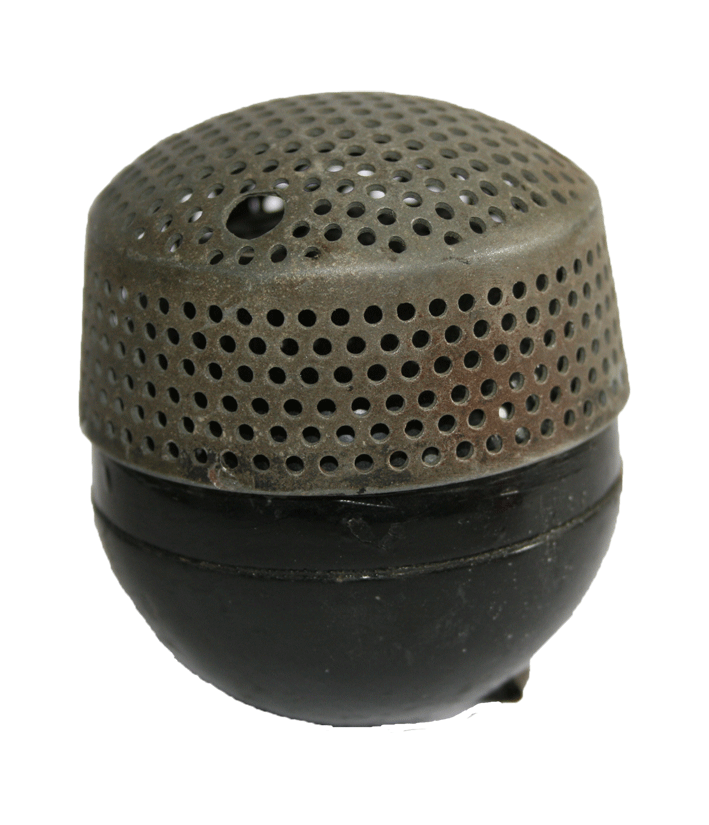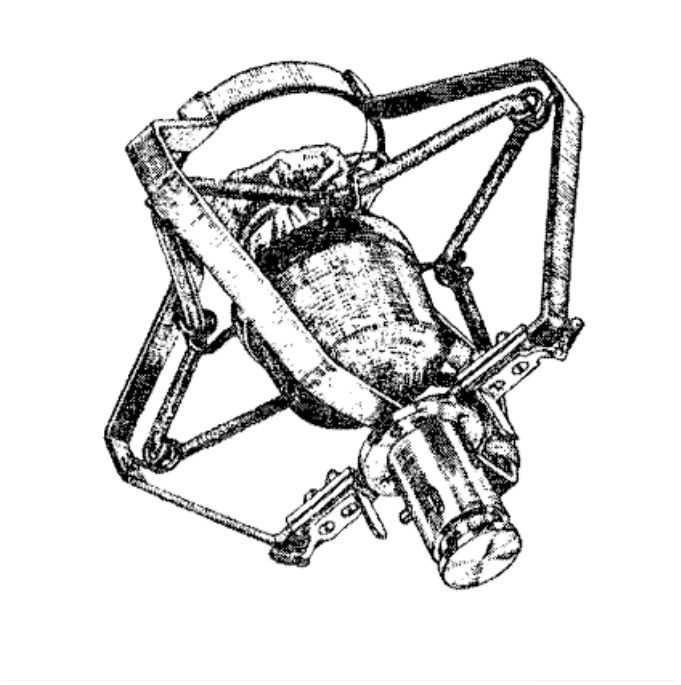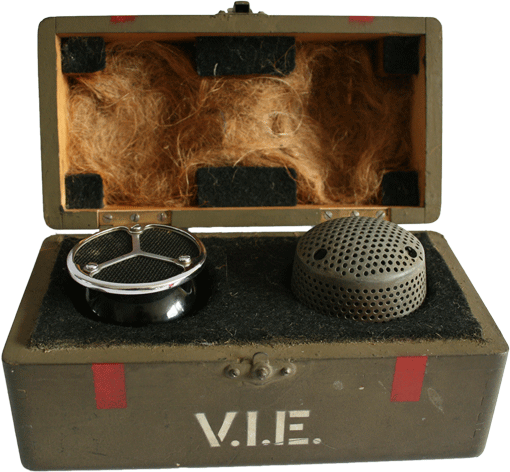|
When I set up my website exactly four years ago and started with the "Microphone of the Month" , I found the choice of the Western Electric 630 / STC 4021 to be obvious; it was a 1935 microphone, used for many years by broadcasters in different countries, including the British BBC and Dutch and Belgian radio and TV.
Since then I have added some more of these microphones to my collection and found a lot of additional information about them. Therefore, I would like to shed more light on this cute little ball and its "relatives".
The shape of this model has been used for the International Electric Sign (IEC / Circuit Diagram Symbol) for microphones, which has made the design immortal.
The disk on top of the 4021 sphere was designed by R.R. Romanow and ensures that all frequencies reach the element in a uniform manner, the result is a recording pattern that is almost perfect omni (all-round). For a more directional use, another disk that had only a small hole in the center could be mounted instead.
When production of the 'Eightball' ended in the United States is not entirely clear; Western Electric sold its microphone division in 1949 (pressured by the US government, which feared a monopoly) to Altec. Although Altec did not continue the production of the Model 630, it was still made because it was part of the Altec 639 A and 639 B microphones. These "Birdcages" (with a directional recording pattern, because of the combining of a ribbon and a dynamic element) were produced until the end of the Fifties.
In England, Stantel (Standard Telephone and Cables) made the 4021s at least until 1962 (after which the production was outsourced to Coles in 1965, this model may have been terminated when Coles became a self-employed company in 1972).
In addition, there was a third country of production; In France it was made in Paris by LMT (Le Materiel Telephonique, another subsidiary of Western Electric), when production started and ended is unknown.
The design was of high quality, which made the microphone suitable for more than just recording speech and music; they werealso used for scientific purposes, as measuring microphones.
Recently, I was lucky enough to acquire two more STC 4021s, in a sturdy wooden box (marked with the letters V.I.E.) that clearly came from the British army.
The inscription led me to the discovery that these microphones contributed significantly to air defense during the 2nd World War.
Alan Blumlein, the famous English audio pioneer, inventor of the "Stereo Sound", had devised the Virtual Impact Equipment system, using two STC 4021s to locate enemy aircraft through the noise their engines made. Coupled with a strong searchlight, this gave British artillery the opportunity to target and destroy German aircraft.
So these 4021s were not only good at supporting the morale of the population (for instance through Winston Churchill's speeches), but they were given a second heroic task. By the end of the war, the newly developed RADAR system had taken over this work. Unfortunately, Blumlein died in a plane crash, during a test of the RADARsystem, which he had helped developing. He was only 38.
The recording that can be listened to here is from 2017, but can easily be recognized as that of many old movies. The fragment was played by the vintage 'Salon Orchestra' from The Hague.
This is one of the types that feature in my book Witnesses of Words, which was recently released. More information about that can be found at www.witnessesofwords.com
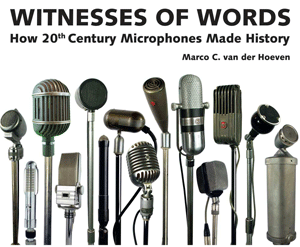
|
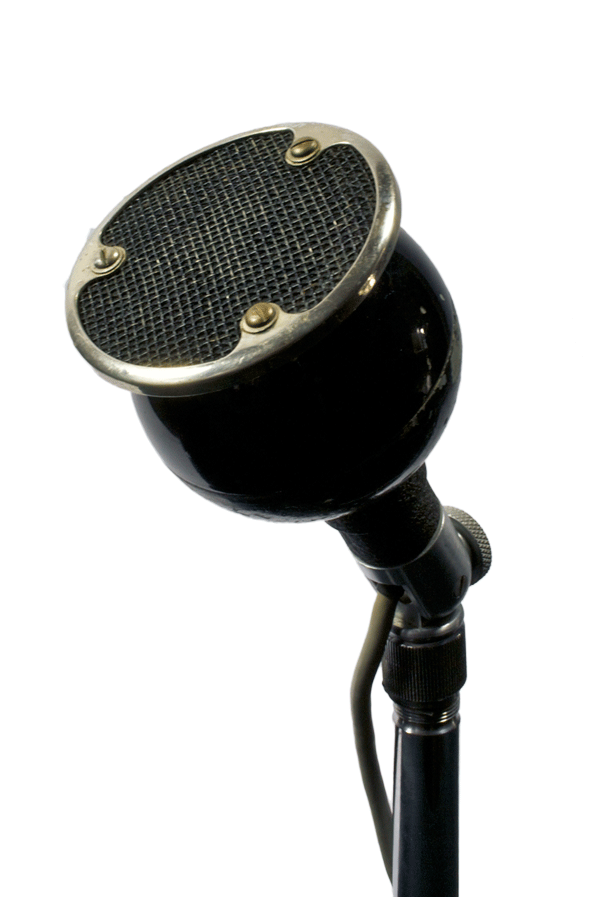 |
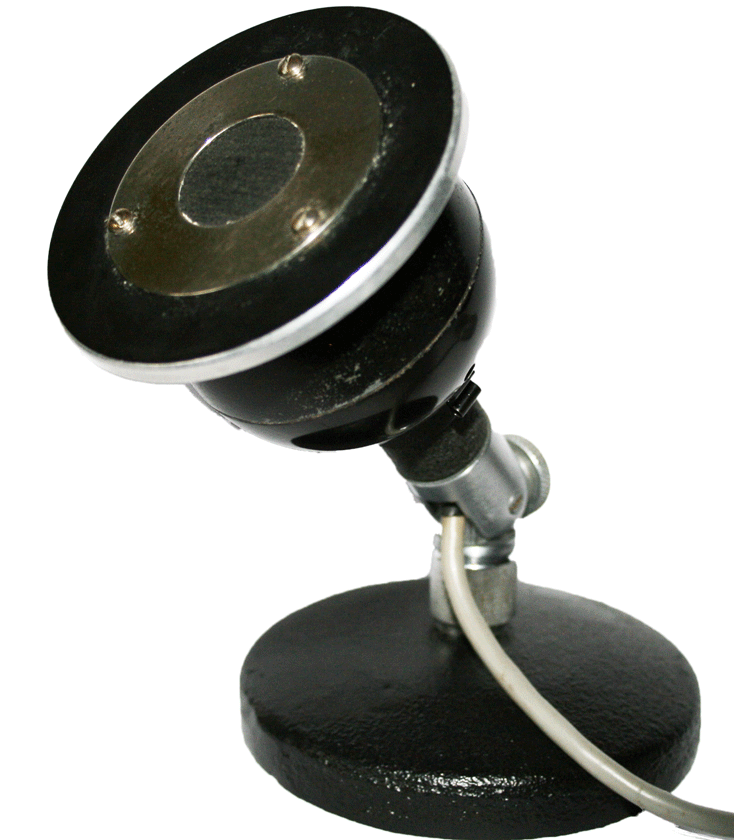 |
|
|
Top: standard STC 4021,
Beneath: the French LMT 3630 with a directional disc and next: the international electrical microphone symbol.
Under: a 4021 with special VIE basket, a VIE microphone with mounting for use with a parabolic reflector & VIE set in wooden box |
|
|
|
|


 Video's
Video's Contact
Contact





